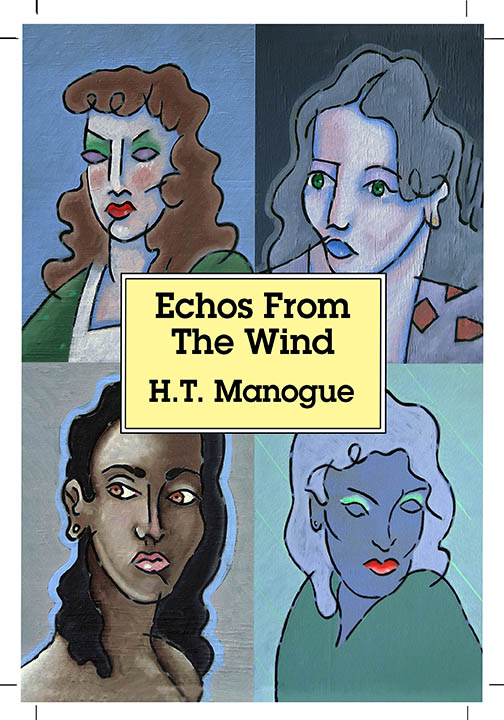A certain king in India, who was of a very realistic and logical mind, went to Shankara to receive instructions as to the nature of the Absolute. When Shankara taught him to regard all of his kingly wealth and power as no more than mere phenomenal illusions arising out of the absolute self which is the ground of all things, the king was incredulous. And when he was told that the one and only Self appeared multiple only because of the dualism of his ignorance, the king straightaway decided to put Shankara to a test and determine if the sage really felt this existence was no different from a dream.
The following day, as Shankara was approaching the palace to deliver his next lecture to the king, a huge and heat maddened elephant was deliberately turned loose and aimed in Shankara’s direction. As soon as the sage saw the elephant charging, he turned and fled in an apparently very cowardly fashion and as the animal nearly reached him, he disappeared from sight. When the king found him, he was perched at the top of a lofty palm tree, which he had ascended with remarkable dexterity. The elephant was caught and caged and the famous Shankara, perspiration pouring off him, came before the student.
The king naturally apologized for such an unfortunate and nearly fatal accident. Then, with a smile breaking across his face, but pretending great seriousness, he asked why the venerable sage had resorted to physical flight, since surely he was aware that the elephant was of a purely illusory character.
Shankara replied, “Indeed in highest truth, the elephant is non-real and illusory. Nevertheless, you and I are as non-real as the elephant. Only your ignorance, clouding the truth with this spectacle of non-real phenomenally, made your Highness see illusory me go up a non-real tree.
Shankara the 9th century Indian philosopher formatted the doctrine Advaita Vedanta. His teachings are based on the unity of the soul and non-dualism (Advaita). Shankara amusing story does shine a light on reality. Reality is a mind-consciousness tool and there are an infinite number of those tools to experience. We believe reality must be objective, solid and grounded in our three dimensional time-space-environment, but that is a very limited way to view our creativity.
This three dimensional reality is just of many probable realities we experience. Certainly a charging elephant is very real, but it is also a product of one of our probable experience. In another reality like our dream reality the elephant is an illusion, but it certainly is real in that dream state.
Shankara’s message is too open the mind and sense our own creativity. We are focused one objective state, but it’s not the only state we live in.









